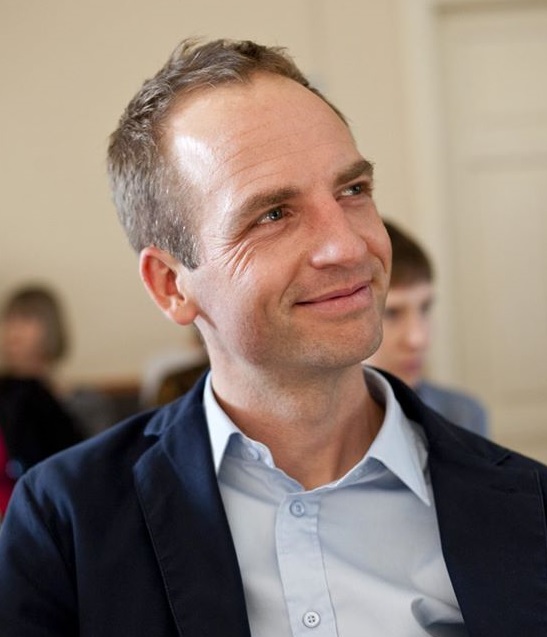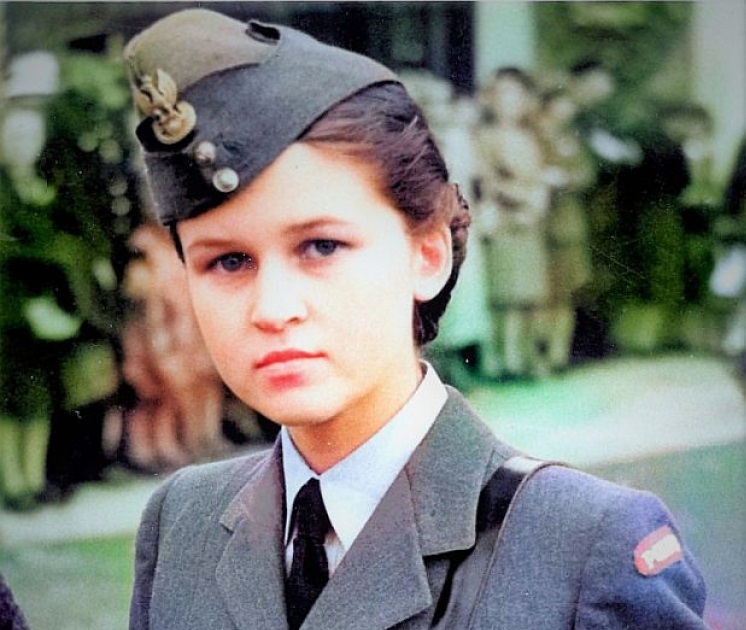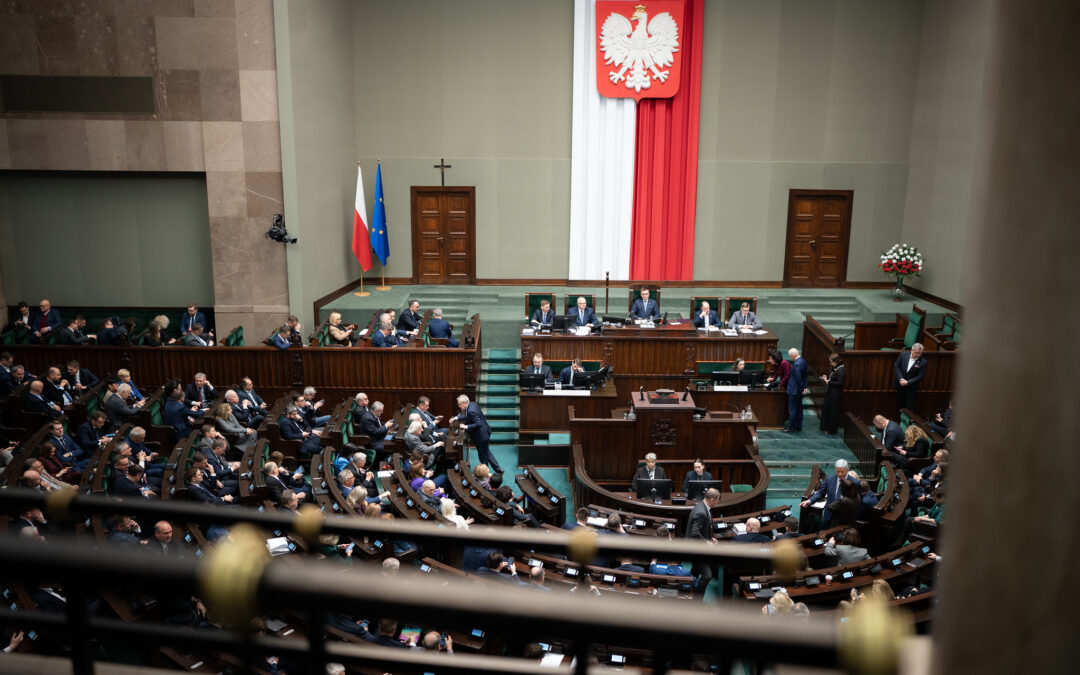The remains of a woman whose wartime photograph became the subject of a search by Poland’s state historical body to establish her identity have been buried in London.
Maria Barr-Grabowska’s life was “determined by Poland’s difficult history and marked by the drama of the Second World War, which changed her fate forever”, wrote a deputy foreign minister in a letter read out at the funeral service.
The photograph of a young woman in Polish uniform went viral when it was published by the Institute of National Remembrance (IPN) in March last year.
“Who are you?” the IPN asked. “We have decided to find out about the history of an unknown girl photographed over 70 years ago on an English street. We would like to know if she stayed abroad, or perhaps returned to the homeland ravaged by the inferno of war, where Stalinist terror was raging in earnest.”
Within two days, thanks to the efforts of journalists and researchers, the IPN had their answer. The woman in the picture was Maria Barr-Grabowska, photographed in 1943 outside Buckingham Palace.
She had just collected the Distinguished Flying Cross from King George VI on behalf of her husband, Philip Rex Barr, an airman whose Polish ancestors had been called Barciński. At the time, he was classified as missing in action, but he was later confirmed to have been killed in combat over the Netherlands.
The then 20-year-old woman was working for the Polish Red Cross in Edinburgh, and it was this uniform that aroused the interest of reporters and photographers, as she told Dziennik Polski at the time.
Kim jest ta dziewczyna? Wspólnymi siłami wielu poszukiwaczy udało się to ustalić. Maria Barr, córka polskiego pułkownika, wdowa po brytyjskim pilocie polskiego pochodzenia. Na zdjęciu ma 20 lat. Odbiera odznaczenie dla swojego poległego męża z rąk króla Jerzego VI @ipngovpl pic.twitter.com/Xw0M1oX55r
— Jan Pawlicki 🇵🇱🇺🇦 (@Jan_Pawlicki) March 16, 2021
Barr-Grabowska explained that she was from the Polish eastern borderlands, having been born in Grodno (now Hrodna in Belarus) and attended school in Wilno (today the Lithuanian capital Vilnius). The war had interrupted her studies and she met her husband on a Polish ship after he had been wounded in battle. They married in Glasgow in 1941.
Large numbers of Poles – including the country’s exiled government – fled to the United Kingdom during the war, and many served in the war effort to defeat Nazi Germany and liberate their homeland. During the Battle of Britain, Poles were the largest national group of non-British pilots
“In November 1942 I received news that my husband had not returned from a mission. I couldn’t believe it and I still don’t,” Barr-Grabowska told Dziennik Polski. “My work allows me to forget my husband’s loss, but I still believe that he will return and get to know Poland, his country of origin.”
Maria later married Stanisław Grabowski, a decorated soldier in General Stanisław Maczek’s 10th Armoured Cavalry Brigade and later a successful architect. She died in 2018 in Chichester, southern England, at the age of 95, reports TVN24.
Maria Barr-Grabowska’s ashes were buried on Wednesday in her second husband’s grave at Gunnersbury Cemetery, where many Polish veterans from both world wars are buried, following a service at the St Andrew Bobola Polish Catholic church attended by IPN deputy director Karol Polejowski.
As well as the letter from deputy foreign minister Szymon Szynkowski vel Sęk quoted above, Małgorzata Gosiewska, a deputy speaker of parliament, also paid tribute.
“[Barr-Grabowska] was a representative of a generation who always placed honour, service, devotion to the cause, patriotism, love for the homeland and love for one’s neighbour in first place, and importantly, expressed this with their deeds,” Gosiewska wrote.
An IPN documentary, The Girl from the Photograph, about the search for Barr-Grabowska and her life was also premiered at the Polish embassy in London.
⬛️ Na cmentarzu Gunnersbury w Londynie pochowano śp. Marię Grabowską (primo voto Barr) – bohaterkę fotografii z #ArchiwumIPN, opublikowanej w 2021 w mediach społecznościowych #IPN z prośbą o pomoc w identyfikacji. W uroczystości wziął udział wiceprezes IPN dr hab. K. #Polejowski. pic.twitter.com/g2BQWncB70
— Instytut Pamięci Narodowej (@ipngovpl) September 28, 2022
Main image credit: Instytut Pamięci Narodowej

Ben Koschalka is a translator and senior editor at Notes from Poland. Originally from Britain, he has lived in Kraków since 2005.




















